Each year, the CCC engages in a competitive process to select participants for our Fellows program. We recently accepted a total of five Fellows projects to make up Cohort 14, which includes a combination of graduate students, faculty members, and conservation practitioners from across the globe.
We are excited to partner with the CSU Center for Human Carnivore Coexistence and an anonymous donor to support three of these projects, whose work will focus on different aspects of human-carnivore coexistence. One of these projects will engage communities in shared decision-making to create a conservation plan to promote co-existence with four carnivore species in southern Brazil: the jaguar, mountain lion, hoary fox, and maned wolf. Another project will seek to reduce conflict between gray wolves and herders adjacent to Hustai National Park in Mongolia, among other activities. And the third project will engage livestock producers in Colorado to learn about their experience with tools to deter livestock predators, including the gray wolf.
A fourth project is focused on building the capacity of the Northeast Mexico Agave Restoration Network to restore and protect agave and the bats that pollinate them – agave are a keystone species for natural and human systems on the borderlands of the US and Mexico. And our fifth project will explore using the school system in Mongolia as a mechanism for the intergenerational transfer of Traditional Ecological Knowledge and conservation actions.
Even though these five projects are occurring in three different continents and four countries, the challenges of collaboration and coexistence are similar – and through the CCC Fellowship we’ll be sharing learnings, effective practices, and cross-cultural experiences.
Learn more about the Fellows Program, including past and present cohorts, HERE.

Agave Restoration Program Director at Bat Conservation International & Team Lead
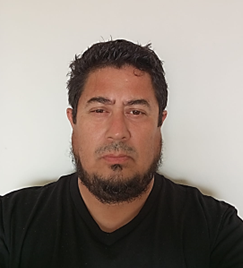
Executive Director of Especies, Sociedad y Hábitat AC
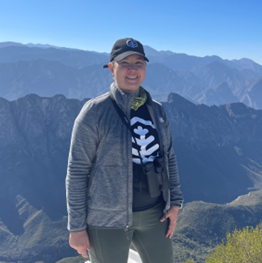
Senior Manager of Conservation, Parque Ecológico Chipinque

Advisor for conservation, monitoring, and educational programs for the Mexican Program for the Conservation of Bats (PCMM)

Social Anthropologist

Director of the Department of Geomatics for Conservation at Especies, Sociedad y Hábitat AC
Northeast Mexico Agave Restoration Network: Strengthening Landscape-scale Capacity to Protect Endangered Bats, Retore Healthy Landscapes, and Support Rural Livelihoods
The Northeast Mexico Agave Restoration Network brings together key stakeholders across northeast Mexico to work towards the mission of saving from extinction and recovering thriving populations of the endangered Mexican long-nosed bat, promoting land restoration, and supporting lasting economic opportunities for more than 1,500 people in 39 of the poorest rural communities in northeast Mexico.
The Network currently brings together over 30 diverse stakeholders and stakeholder groups, including environmental and education non-profits, rural ejido communities and private landowners, state and federal government agencies, Protected Area managers, industry, and schools and universities across Chihuahua, Coahuila, Nuevo León, San Luis Potosí, and Zacatecas. We envision an ecologically and economically thriving, climate-resilient region of northeast Mexico with prosperous rural communities, healthy landscapes, and flourishing biodiversity.
As a Network, we are working to co-develop ambitious conservation, restoration, and sustainable development goals that would not be achievable through isolated projects, facilitate partnerships to deliver conservation success, and more effectively mobilize funding and resources and channel these resources in ways that most effectively address the conservation challenge. The Network’s goals include planting at least 500,000 native agaves with at least 39 ejidos and private landowners; restoring at least 192,000 acres of degraded land for native habitats and sustainable productive activities; supporting 20 community nurseries for production of native agaves and other economically-important plants; developing 40 community-based green businesses based on the sustainable use of agaves and other natural resources; and training at least 500 rural community members in regenerative and sustainable agriculture and ranching practices.
Our CCC Fellows project is designed to build capacity of the Network, including enhancing diversity and equity measures and participatory processes within the Network; strengthening accountability mechanisms; establishing a communications plan for communication into, out of, and within the Network; and further developing coordinated on-the-ground actions across the Network.
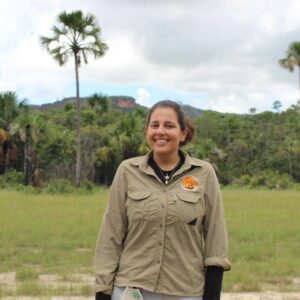
Biologist & Collaborator Researcher of PCMC’s Suçuaranas no Quintal Project & Team Lead
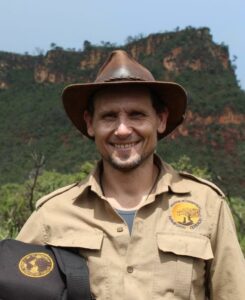
General Coordinator of Cerrado Mammals Conservation Program (PCMC)

Co-Director & Research Associate for the CSU Center for Human-Carnivore Coexistence

Executive Coordinator of Cerrado Mammals Conservation Program (PCMC)

Biologist & Collaborator Researcher of PCMC’s Suçuaranas no Quintal Project
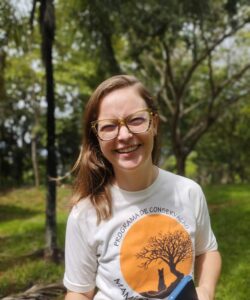
Ecologist & Collaborator Researcher of PCMC’s Raposinha do Pontal Project
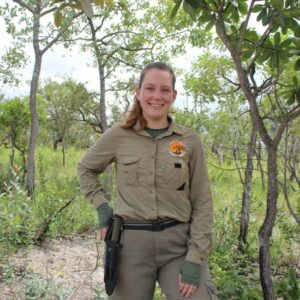
Biologist & Collaborator Researcher of PCMC’s Suçuaranas Detetives Project
Fantastic Detectives: Iconic Species Promoting Collaborative Conservation Planning on a Brazilian hotspot
The Fantastic Detectives conservation initiative is a socio-ecological research program that aims to collaborate with diverse stakeholders in southeast Goias, Brazil, to generate human-wildlife coexistence strategies to benefit both people and wildlife in the region. The project site is an agroecosystem located in an ecotone zone between two major Biodiversity hotspots: the Cerrado and Atlantic Forest. This program particularly focuses on developing a community workshop to co-produce a conservation management plan for four iconic species: pumas, hoary foxes, maned wolves, and jaguars. The objective of the research in advance of the workshop is to investigate: community perspectives about and understanding of these species, how much conflict community members have with these species, and potential pathways to reduce the conflict. In the long term, through our community engagement workshop, we hope to positively impact citizen participation and engagement in environmental policy decision-making and provide tools that can be used by the community to improve life quality of wildlife and people.
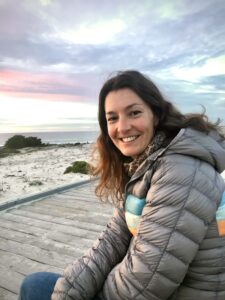
Master’s Student, Conservation Leadership Program at Colorado State University
Colorado rancher perspectives on livestock protection tools
Carnivore populations have been recovering and reclaiming recently unoccupied habitat, with a corresponding increase in the intensity and frequency of livestock predation and other negative impacts. While there are many potential tools and strategies available to livestock producers, there is little research on what tools ranchers are already using, how to best reach ranchers in Colorado, and what influences these tools and practices have on other aspects of ranching operations. This project involves interviewing livestock producers across Colorado to gather information on current practices they use to protect their livestock against carnivore predation, to understand their perspectives on what types of protection tools seem feasible for Colorado, and to understand other concerns and challenges Colorado producers face. This research will allow us to co-create a range of viable management strategies for addressing challenges that Colorado ranchers face when avoiding carnivore predation on livestock.
The project will help build relationships for future livestock protection research and programming and support Colorado ranching communities to improve their economic security, protect livestock and minimize losses, increase productivity and animal welfare, minimize retaliatory killing of carnivores, and bolster habitat connectivity through coexistence. While this project focuses on Colorado, livestock-carnivore interactions and conflicts are increasingly problematic globally. This project collaborates with Colorado ranchers to co-develop solutions that could be applied broadly wherever livestock and carnivores co-occur.
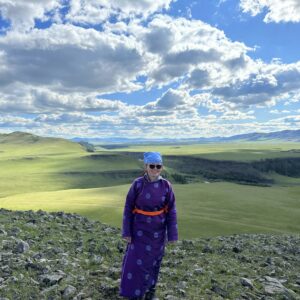
Mongolian Scientist & Team Lead
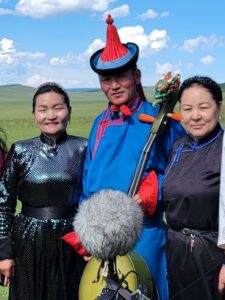
Head of the Soum Cultural Center (pictured on the right wearing black clothing with blue piping with her team)

Young Herder & Herder Liaison
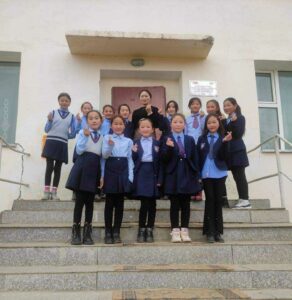
Teacher at the Undur Ulaan Soum Middle School (pictured in black clothing with students)
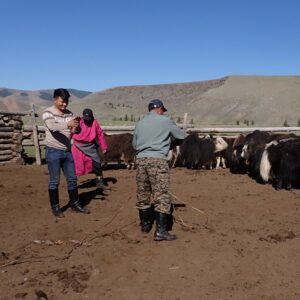
Soum Cultural Center Museum Manager & Intangible Heritage Transferrer (pictured in pink clothing with herders)
From Co-learning to Conservation in Rural Mongolia
The goal of this project is to use the current education system as a mechanism to explore ways of intergenerational Traditional Ecological Knowledge (TEK) transfer and conservation actions. This pilot project will be implemented in the Undur Ulaan district of Arkhangai province, which is about 440 miles to the northwest of the capital city of Mongolia.
The project team consists of Chantsallkham Jamsranjav, Ph.D., a fellow and four local people, Ms. Enkhtsetseg, Ms.Myangatbayar, Mr. Byambaragchaa and Mr. Delgerdalai who have heart and dedication to learn from elders and transfer traditional knowledge to younger generations to improve conservation actions. Seventh graders of the district Middle School, their herder parents, and elder herders will be our project participants. With the support and facilitation from the project team, participant children will learn from elders by interviewing about traditional ecological knowledge and hanging out with them and conduct rangeland monitoring on the pastures where their parents herd their livestock. Project children will share their obtained knowledge with peers at the Citizen’s Ethics class in the school and with young herders, their parents, and with local government for the planning and implementation of rangeland management and conservation actions. At the end of this project, there will be printed educational materials about TEK prepared by the project participant children and the project team. These materials will be used in the Citizen’s Ethics class at the district middle school. The project participant children and young herders will be playing a leading role in conservation actions to improve the condition of the essential natural resources, rangeland resources.
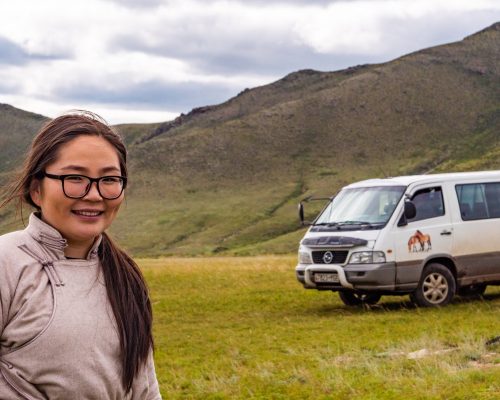
Conservationist at Hustai National Park & Team Lead
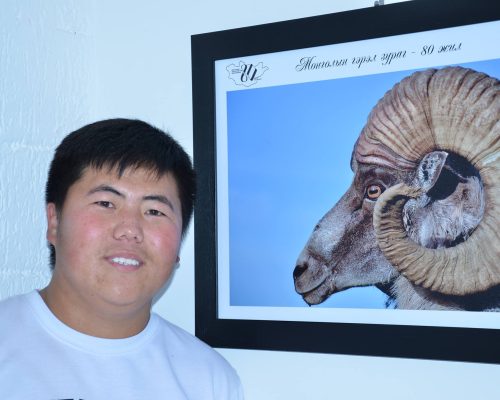
Wildlife Biologist at Hustai National Park
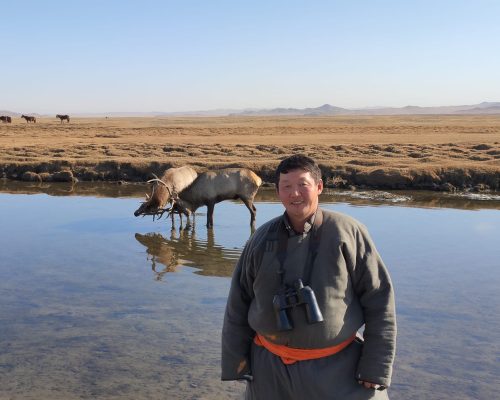
Leader of the Tost Herders’ Community in the Hustai National Park buffer zone
Mongolian wolf team: Empowered herders – Recovered nature – Coexistence
The project aim is to promote the coexistence of Mongolian nomadic herders with wolves (specially) and other wild animals (last species wild horse) through training and practical initiatives (use of guard animals, erecting predator-proof fencing, and sound or light deterrents), aiming to prevent and mitigate future risks (infectious disease, pasture degradation, livelihood loss and habitat loss) for these herders who have life depends on nature. The project focuses on preserving traditional livelihoods, and maintaining ecological balance, and supporting economic opportunities (sustainably harvested products, eco-tourism, and cultural event) and empowering both park staff and nomadic herders (training programs on predator deterrence techniques, sustainable grazing management, and data analysing). Our ultimate aim is to foster effective communication between nomadic herders and researchers, fostering collaboration for the protection and conservation of wild species and their habitats. By working together, we strive to secure a sustainable future for both nomadic herders and the diverse ecosystems they rely on.
363 Michael Smith Building
Warner College of Natural Resources
1401 Campus Delivery,
Colorado State University
Fort Collins, CO 80523
SEE MAP

Apply to CSU | Contact CSU | Disclaimer | Equal Opportunity | Privacy Statement
© 2021 Colorado State University